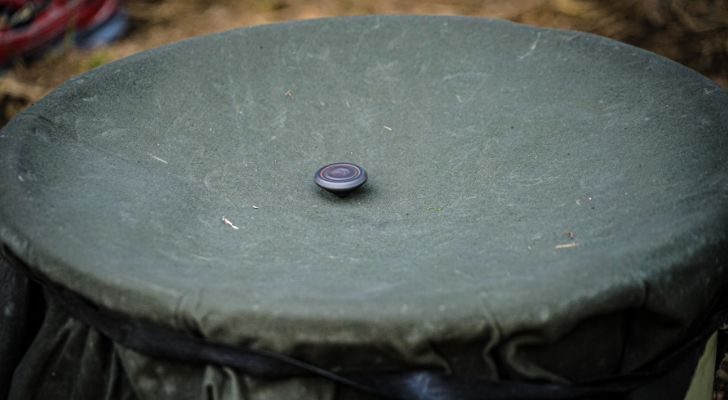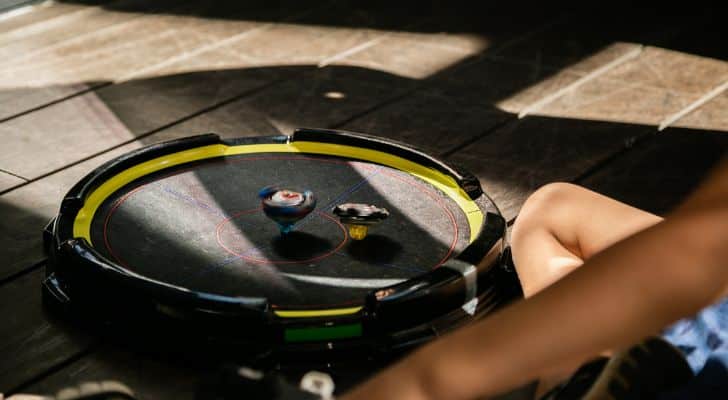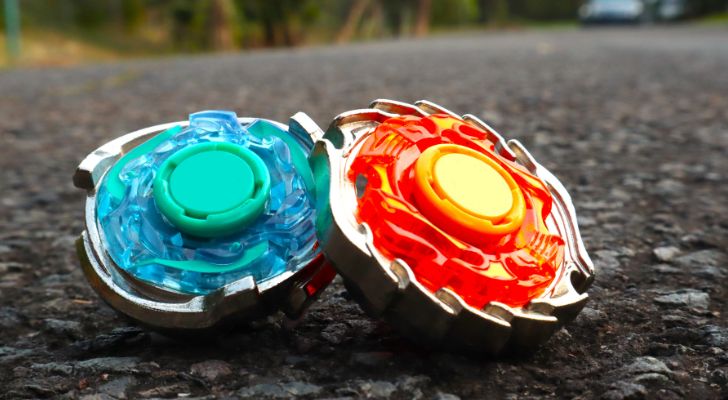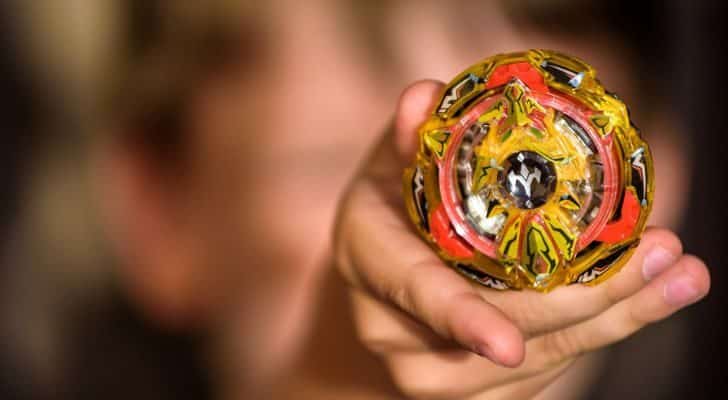Like Pokémon and Hello Kity, Beyblade is yet another Japanese invention that took the world by storm.
But there’s more to know about Beyblades besides launching your “Beys” and shouting “Let it rip!”
Here, you’ll discover fascinating facts that will level up your knowledge about Beyblades, ranging from its origin to why it’s being petitioned as a sport.
So, with that said, here are five fun facts about Beyblades to know:
Beyblades were inspired by a Japanese spinning top called beigoma.

Beigoma rose to popularity in Japan by the 17th century and remained a common toy right up until WWI. They only returned to popularity in 1999 with the invention of Beyblades.
Throughout history, this traditional Japanese spinning top has been made of different materials, ranging from seashells to cast metal.
Spinning tops are certainly not unique to Japan, though.
Variations are found in countries all over the world, in Asia, Latin America, and Europe.
It’s called a trumpo in the Philippines, bugari in India, and peonza in Spain.
There are four types of Beyblades.

Each Beyblade has a unique design, and with those designs comes a different purpose.
The first is Attack-type Beyblades, which can get pretty aggressive inside the Beystadium. Defense-type Beyblades are next, and they’re great for sustaining the attacks of these Attack-type Beyblades.
Stamina and Balance-typed Beyblades are the last two types.
The former spins the longest out of all the kinds of Beyblades and is best used against Defense-type Beyblades. On the other hand, the latter possesses all the features of the three other types of Beyblades.
However, Balance-type Beyblades don’t excel in any of its features. So, think of it like a “jack-of-all-trades, master of none” type of Beyblade!
Not all modifications of Beyblades are illegal.

Beyblade modifications are serious business, with the World Beyblade Organization stipulating strict rules.
To put it briefly, though, if a modification affects how a Beyblade performs, it’s probably not allowed. An example would be molding new parts or adding foreign objects to the Beyblade.
Legal modifications include swapping parts between different Bayblades and changing their colors. So that fire-red Beyblade you’ve been considering is indeed allowed.
Rules on modifications might seem trivial, but they keep the game fair and stop players from making dangerous modifications to their Beyblades.
There are spirits inside each Beyblade!

These spirits seen in the Beyblade anime are called Bit-Beasts, and unlike the Genie from Aladdin, they aren’t trapped inside the Beyblade.
Instead, they voluntarily inhabit a Beyblade once a Blader proves themselves worthy of the Bit-Beasts’ powers.
Not all bladers in Beyblade can prove their worth, though, so some bladers devise nefarious schemes to steal Bit-Beasts or even create cyber counterfeits.
Bit-Beasts play a crucial role when different Beyblades battle against one another, as these spirits can improve the abilities of a Beyblade.
Fans are petitioning to make Beyblades an Olympic sport.

For a sport to be considered an Olympic sport, it has to be played by men in four continents and at least 75 countries. Women should also play the sport, but only in three continents and at least 40 countries.
According to the petition, Beyblade does actually meet these requirements. Petitioners have gone on to argue that despite its easy, childish appearance, Beyblading is a highly skill-based sport with significant variation in techniques.
And while it’s a bit of a stretch, the petition goes on to claim that Beyblades captures the same elegance of original Olympic sports such as javelin, discus, and shot put.
Spinning tops exist all over the world, but none are as extreme as Beyblades.
When playing with these spinning tops, remember that different types are used to have more chances of winning Beybattles! Speaking of winning, you’re also allowed to make customizations with your Beyblade – but only to a certain extent.
As you may notice, playing with these toys is now more competitive than ever. So, is it time to stop calling them toys and start recognizing them as a sport?
It seems that only time will tell!


















